McLaren Must Not Mess Up What Ron Dennis Has Built
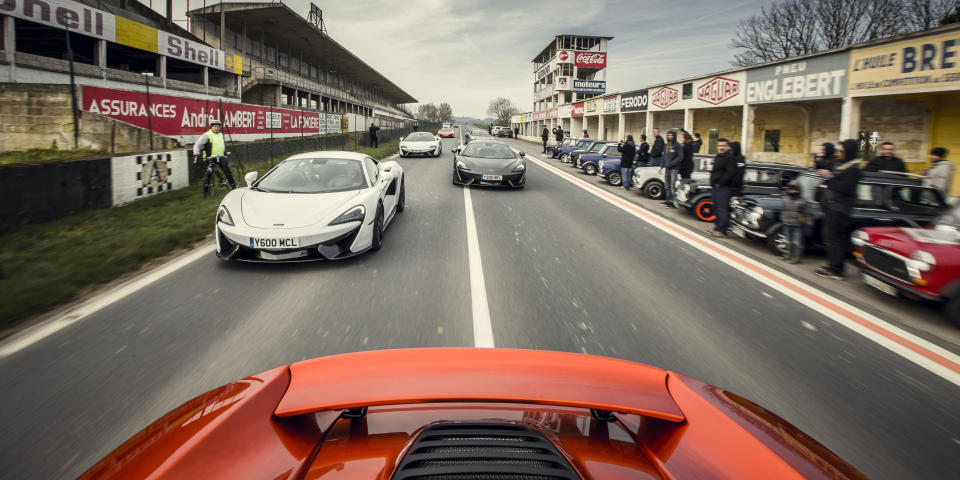
First and foremost, Ron Dennis is a businessman. At his level, there's always a battle. For power, for money, or just for the sake of it. Egos are clashing, interests change, and despite being a pro at navigating in this stressful environment, Woking's most famous son lost at least two of his fights in less than a year.
A disagreement with the pope of Swiss watches led to Tag Heuer putting its stickers on Red Bull's Formula-1 cars in 2016 after being McLaren's partner for the last three decades. Adding to the pain is that Dennis used to be a major shareholder in the watch company before LVMH bought it up in 1999.
At the genesis of McLaren Automotive, buying back 40 percent of the McLaren Technology Group from Daimler meant that the company became a three-headed dragon in 2011. Dennis still owns 25 percent along with longtime business partner Mansour Ojjeh, while the remaining 50 percent belongs to the Mumtalakat investment fund. Apparently, things did not work out with Ojjeh in the long run, and following Dennis' failed attempt to become a majority shareholder once again using some Chinese cash, the other two parties replied by forcing him out of the CEO's chair. No Ronspeak could change that this time, but he still owns 10 percent of McLaren Automotive as well.
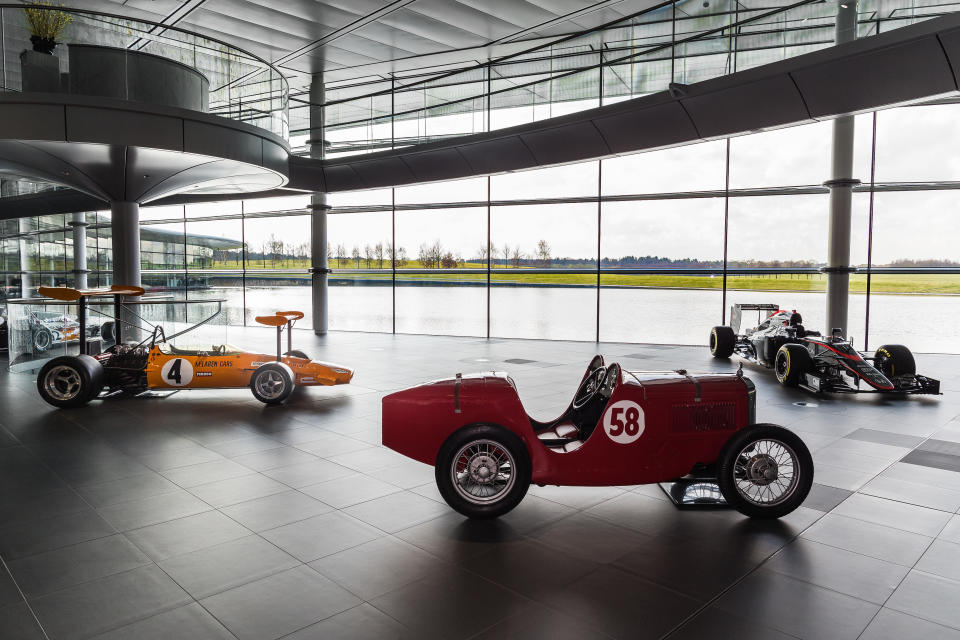
Not too long ago, I had the privilege of taking a tour around the McLaren Technology Centre and the Production Centre with the only person who can refer to Bruce McLaren as "daddy." And as Amanda McLaren walked me through all the clever modifications her father made to squeeze more speed out of his first race car, it became clear that while the Austin 7's success was down to McLaren's ingenuity, its perfect condition sixty years later was Ron Dennis' doing.
Home to McLaren Racing, McLaren Automotive and McLaren Applied Technology, the MTC is an architectural masterpiece working in perfect harmony with its surroundings. While the animals are more than welcome in its park, the interior is a pleasant mixture of a James Bond villain's lair and a laboratory responsible for creating nothing but cool top secret stuff. That's not far from the truth anyway, since behind the electrochroamatic glass walls of McLaren's Boulevard are some of their latest prototypes. Always just a few feet away, yet behind doors that only a selected few can open.

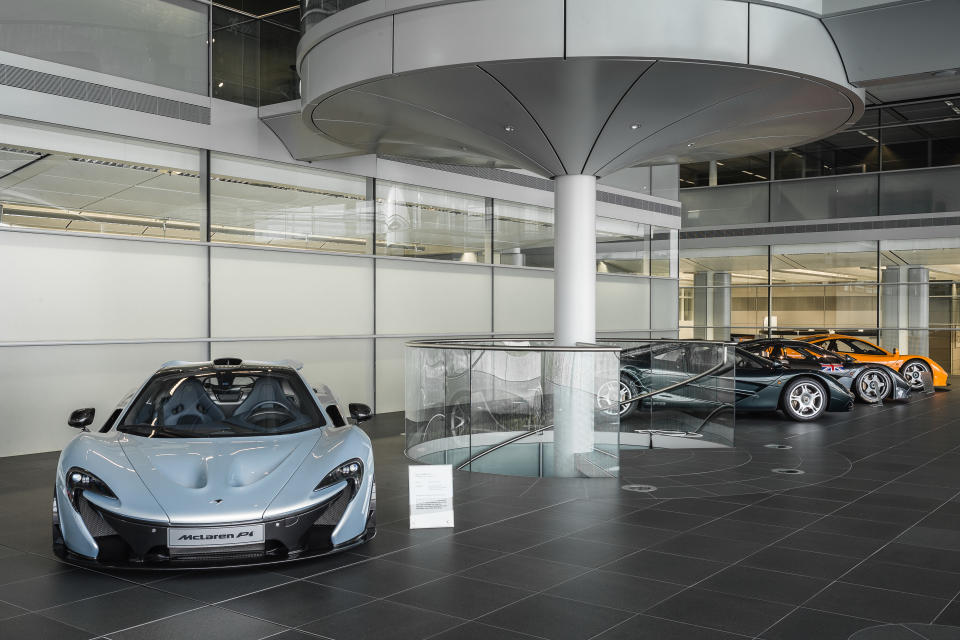
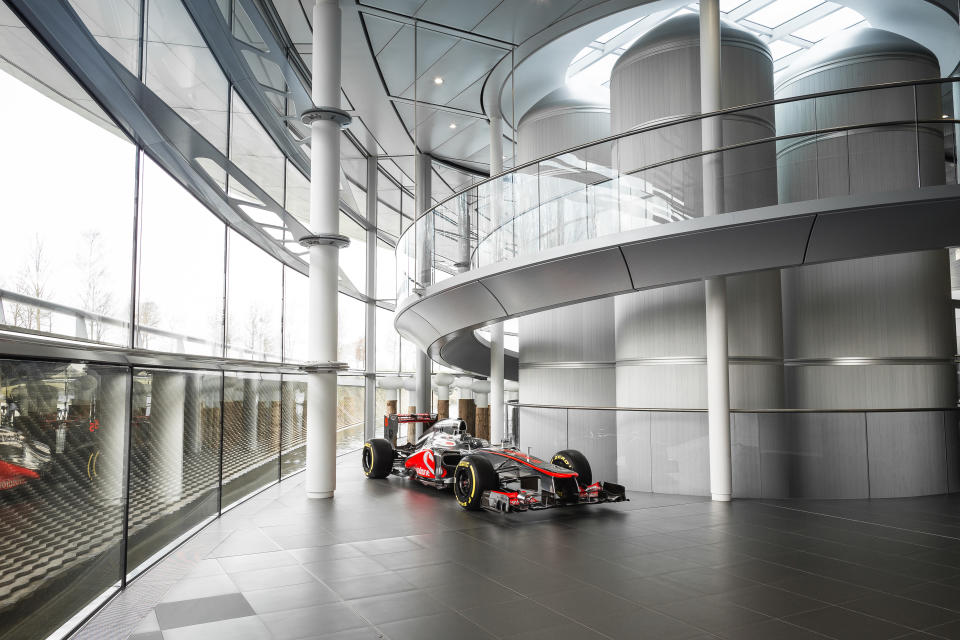

McLaren's employees are pushed to do their best not only by Ron Dennis' personality looking back at them from every surface of the building, but also by the confident feeling that their (now former) boss is a true visionary. Dennis' long list of achievements with the Formula 1 team since 1980 would be enough to make most people proud. Yet the Automotive side of the business is probably more grateful to him for trusting one of his engineers to create the best car in the world. That moment in the late eighties resulted in the birth of the McLaren F1, and without Gordon Murray's masterpiece, McLaren wouldn't be able to sell you a 204mph car for under $200,000 today.
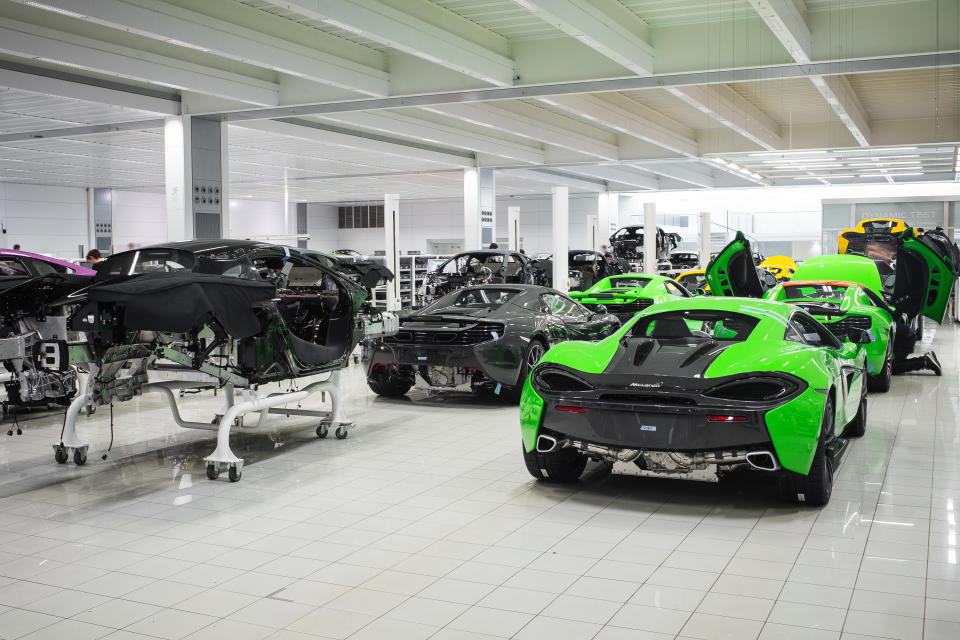
When critics talk about how the company only has one platform and a single engine to show for, it's worth noting that McLaren's twin-turbo V8 is an absolute powerhouse, its hybrid technology from three years ago was good enough for Formula E and that they won't base a car around anything less advanced than a carbon fiber tub, no matter how entry-level it might be.
In just their fifth year from the start, they also managed to sell 1654 cars, a figure they expect to double in 2016. Starting this year with around 2000 employees an a previous operating profit of £23.5 million (from revenues of £450.6M), McLaren Automotive is planning to invest a whopping £1 billion in research and development, delivering no less than 15 new models by 2022.
Their products are already at the speed of Ferraris, but Woking's production numbers will never have to get as astronomically high. After all, only a selected few should be able to walk through this underground tunnel to see where the magic happens:

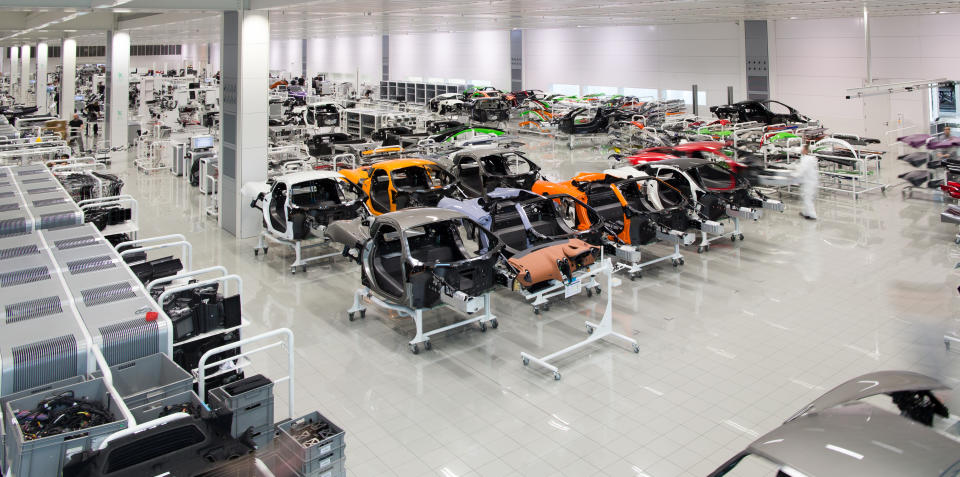
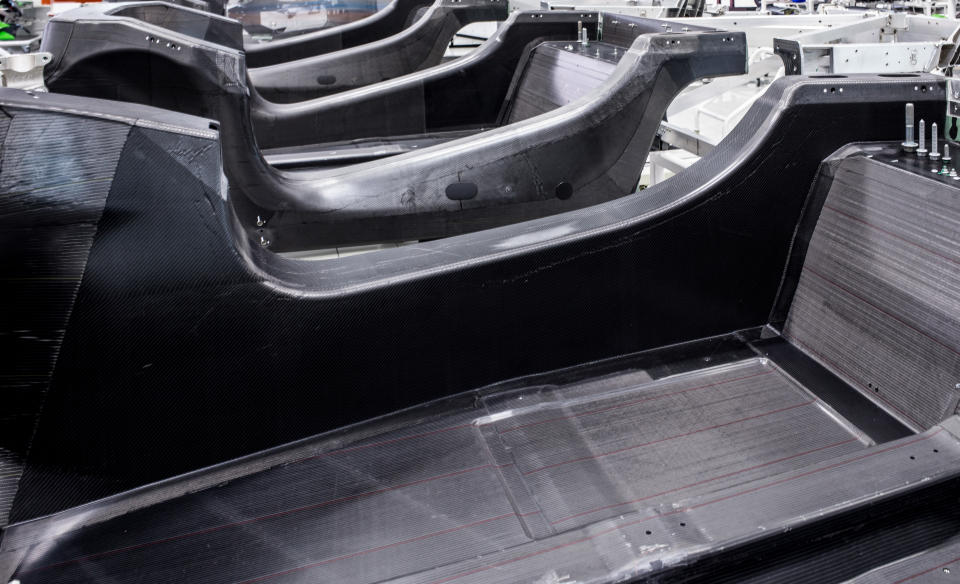

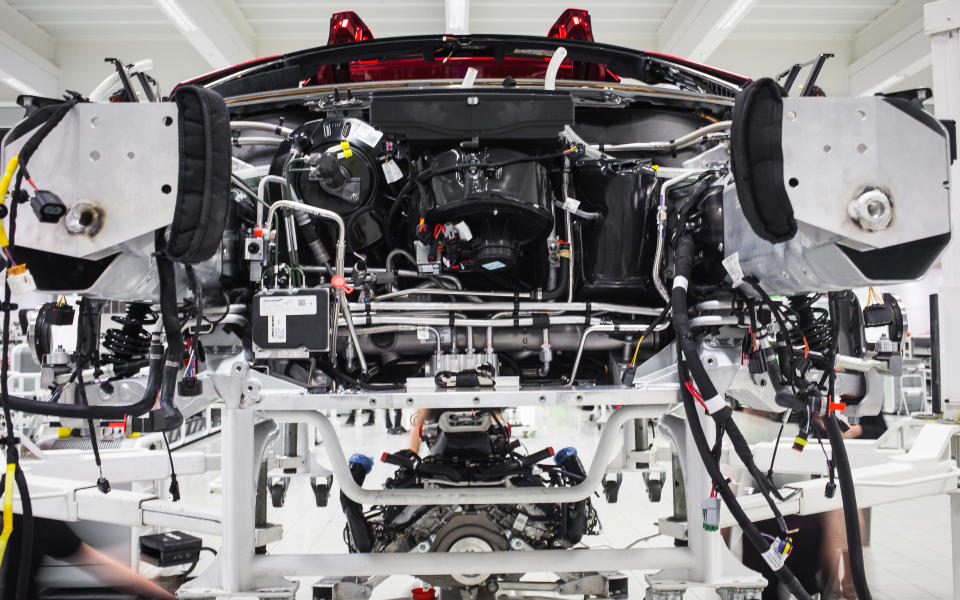
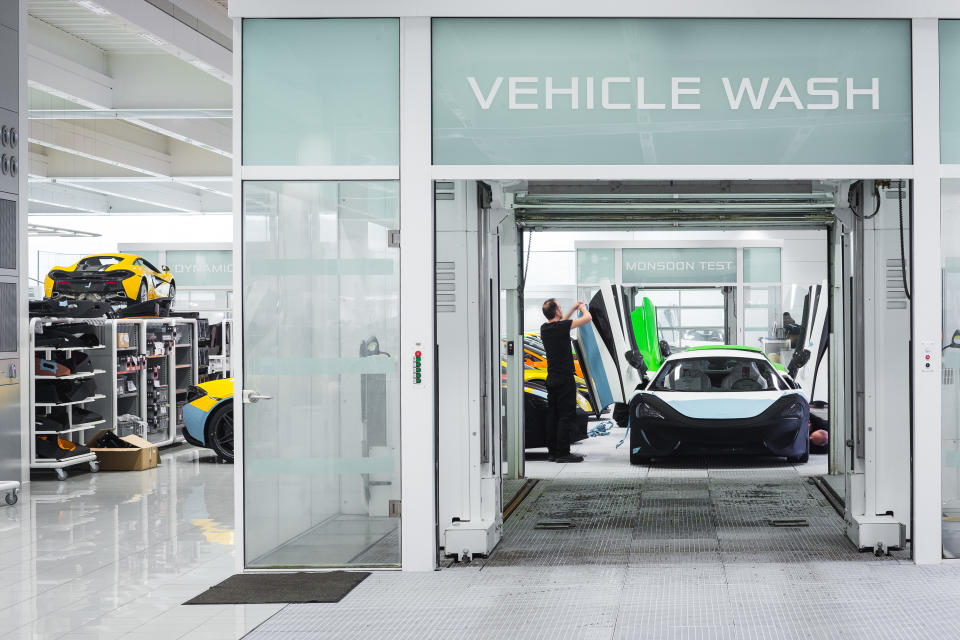
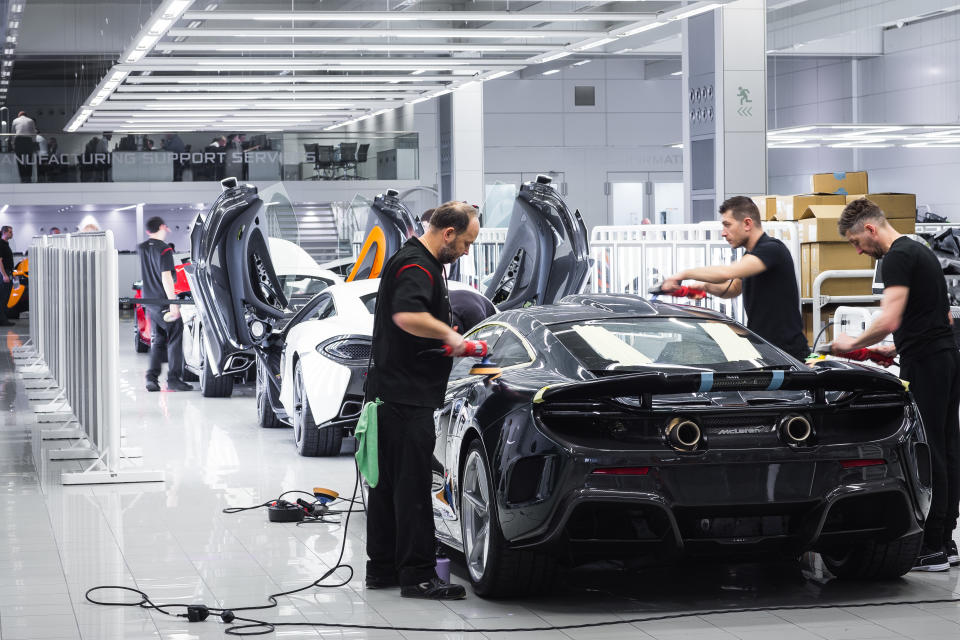
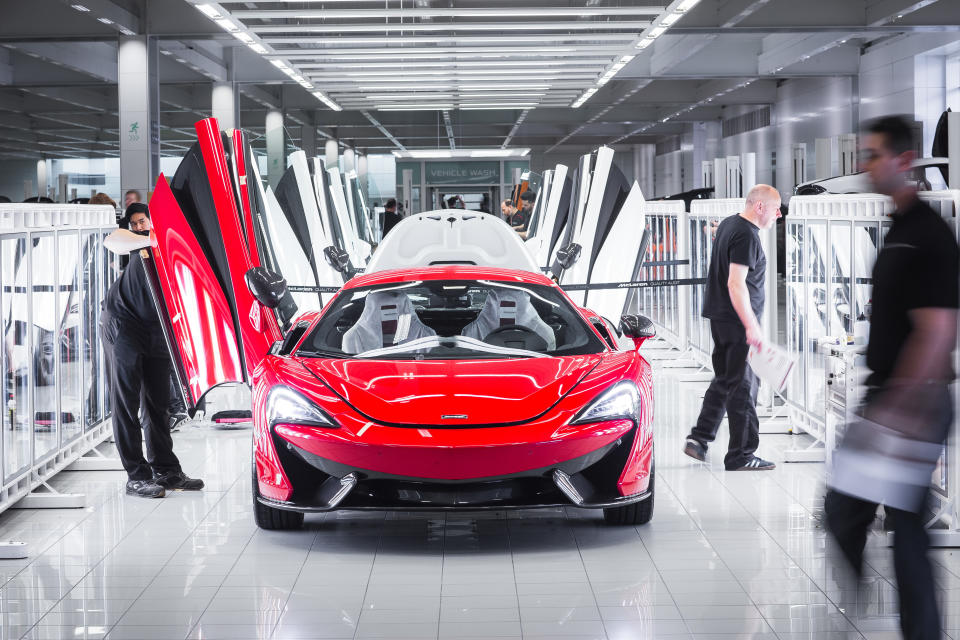
And it's magic alright, because a six-year-old company shouldn't be able to produce such a thrilling supercar for $200,000, even if its engineers are clearly good enough for Apple. After driving a 675LT, I should find it hard to believe that they can build an all-electric P1 successor that's just as exciting as the twin-turbo fury. But I don't, because Chris Goodwin told me, and he seems to know his craft.
Today, McLaren also says that their whatever you want mate division will build 106 3-seater hyper GTs, all of which are already sold. Some of this is not Ron Dennis' work alone. But the most significant portion is. Luckily, he remains a non-executive chairman and director of McLaren Automotive while operations will continue to be run by CEO Mike Flewitt.
Still, with Dennis out of the big chair, it feels like McLaren's job just got tougher.
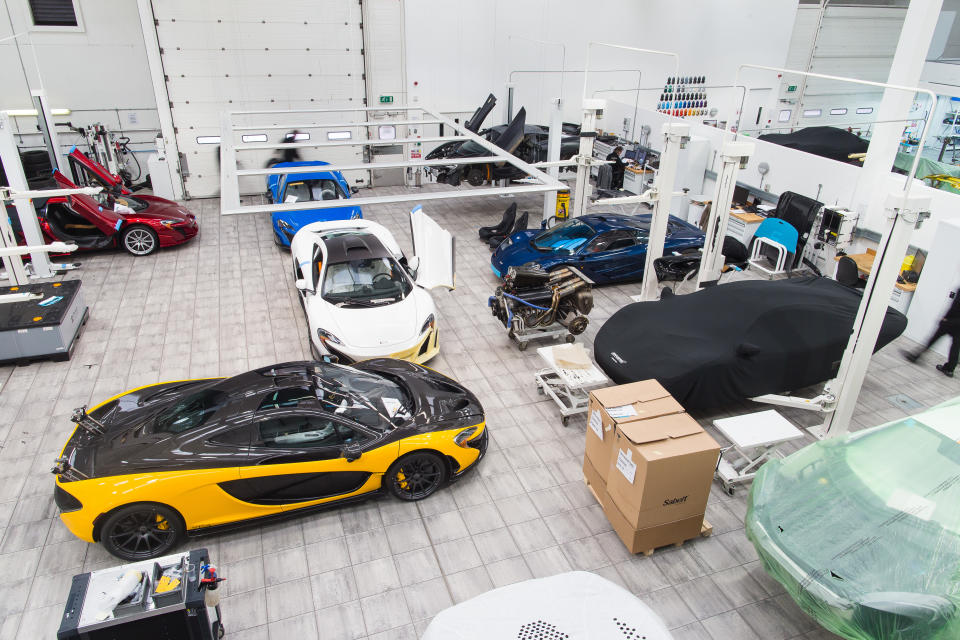
You Might Also Like

 Yahoo Autos
Yahoo Autos 